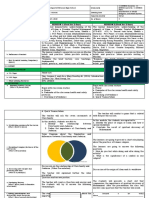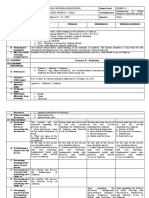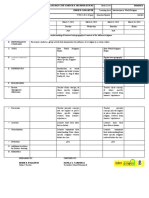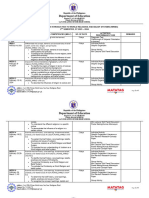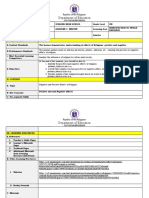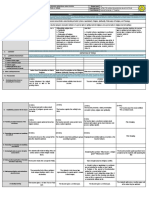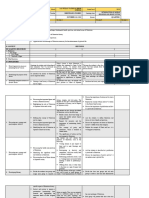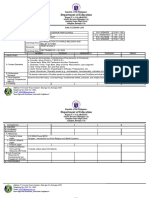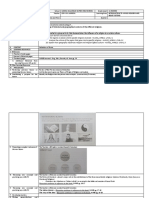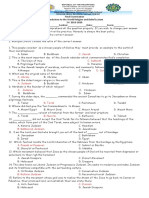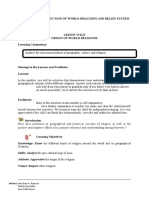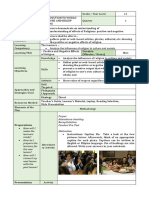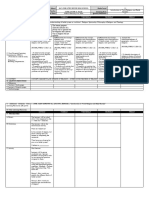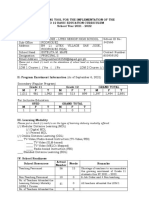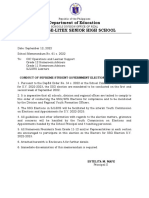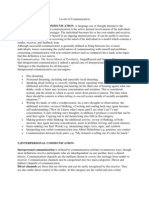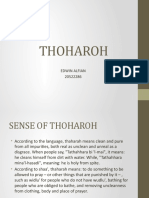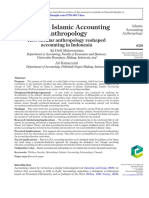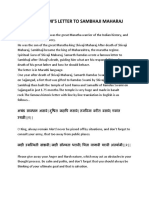0% found this document useful (0 votes)
998 views6 pagesGrade 11 World Religions Plan
This document outlines a learning plan for a week-long unit on the origins and influences of world religions. Each day focuses on analyzing the interconnectedness of geography, culture, and religion for different belief systems. Students will learn about the origins and spread of religions, examine the effects of cultural and geographical settings on religious systems, and justify connections between background and beliefs.
Uploaded by
Mark Louise PacisCopyright
© © All Rights Reserved
We take content rights seriously. If you suspect this is your content, claim it here.
Available Formats
Download as DOCX, PDF, TXT or read online on Scribd
0% found this document useful (0 votes)
998 views6 pagesGrade 11 World Religions Plan
This document outlines a learning plan for a week-long unit on the origins and influences of world religions. Each day focuses on analyzing the interconnectedness of geography, culture, and religion for different belief systems. Students will learn about the origins and spread of religions, examine the effects of cultural and geographical settings on religious systems, and justify connections between background and beliefs.
Uploaded by
Mark Louise PacisCopyright
© © All Rights Reserved
We take content rights seriously. If you suspect this is your content, claim it here.
Available Formats
Download as DOCX, PDF, TXT or read online on Scribd
/ 6



















